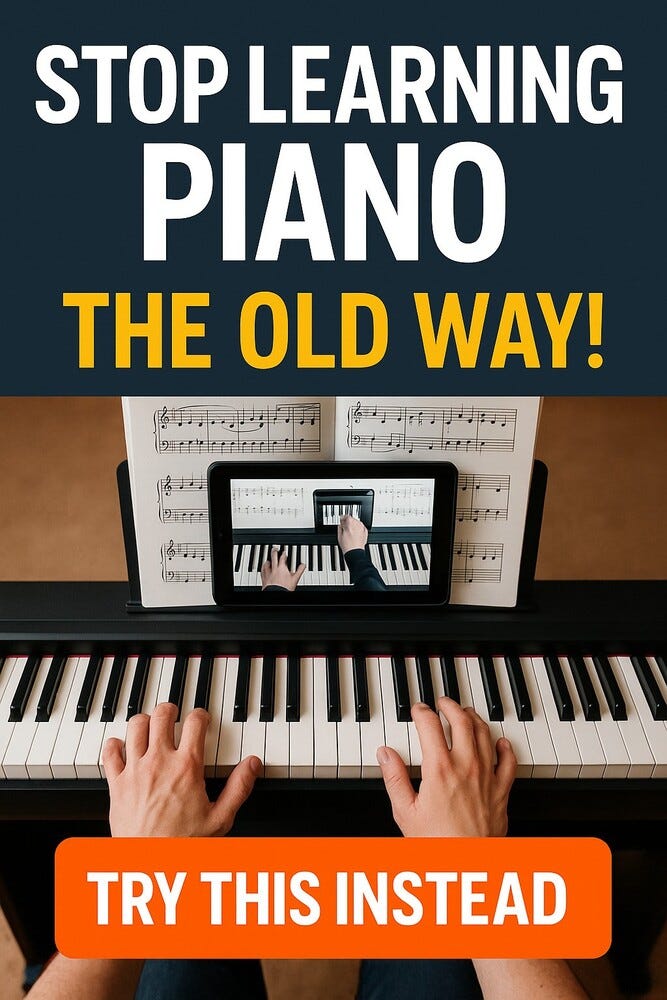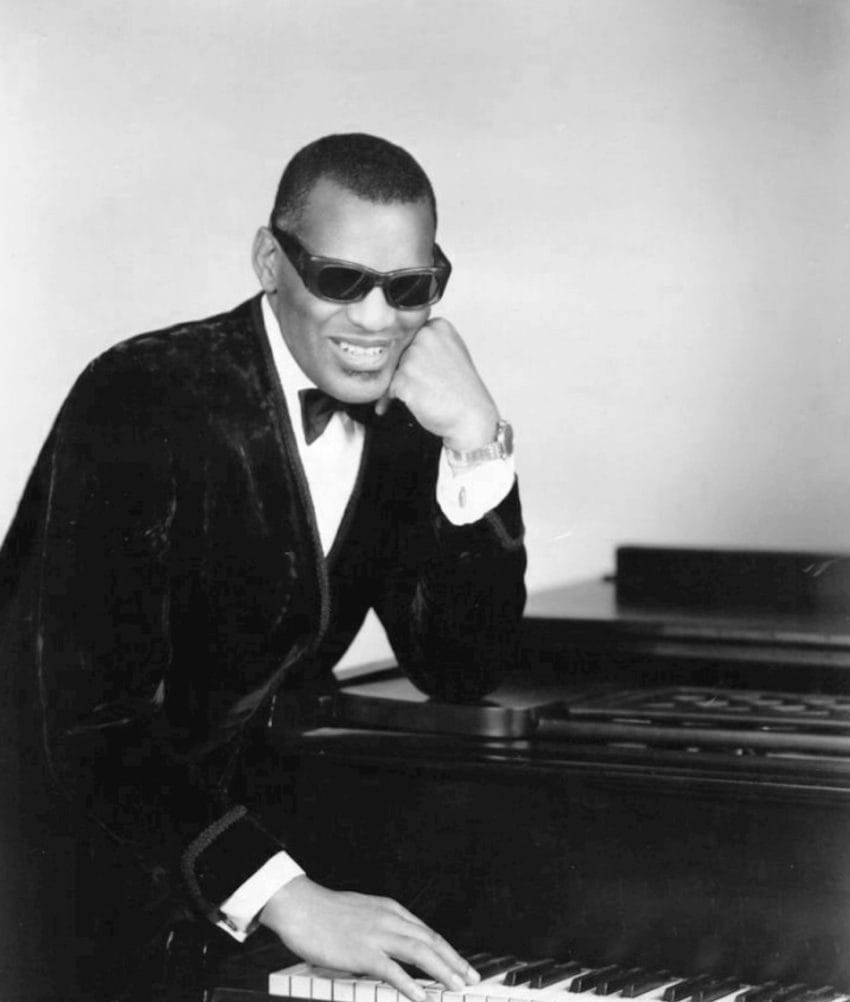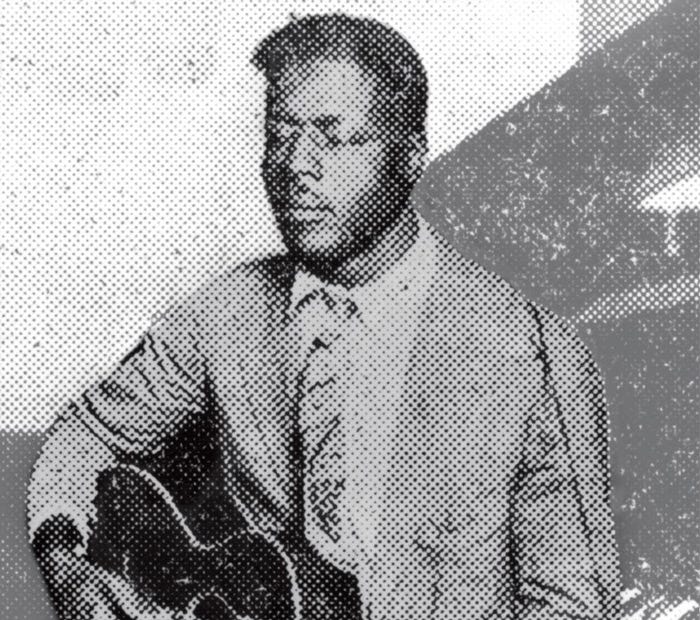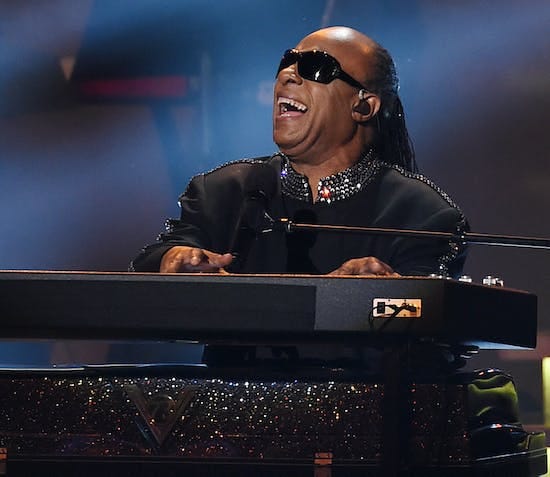6 Blind African-American Pianists Who Broke Barriers: Their Inspiring Stories
Throughout history, extraordinary African American musicians have overcome the immense challenges of racial discrimination and visual disability to achieve greatness through their art.
This was especially true for the incredible blind black pianists that flourished from the mid-1800s onward. Though unable to see, their sheer talent and determination allowed them to make groundbreaking contributions across musical genres like jazz, blues, R&B, gospel and more.
In this article, we tell the story of 6 the most influential blind African-American pianists who shattered limitations to leave an indelible mark on music.
Discover how they developed their prodigious abilities and pioneered new styles despite the twin barriers of blindness and racism. Their struggles and triumphs serve as an inspiration, proving just how much can be achieved in the face of adversity.
Overcoming Adversity: How Blind Black Musicians Excelled
Before profiling 6 remarkable blind African-American pianists, it's worth exploring just how much they had to overcome in rising to fame in the musical world.
For African-Americans in the late 19th and early 20th centuries, rampant discrimination posed immense hurdles. Most lived in abject poverty, with even basic education and professional careers restricted heavily by Jim Crow laws.
Making strides in competitive fields like the arts seemed implausible. Those born blind or who lost their sight in childhood faced additional barriers to independence and learning.
Yet through hard work, innate gifts, and the support of family and communities, talented blind African-American musicians found ways to hone their craft and get their start.
Some attended blind schools that provided musical training. Others learned independently by ear. Several had families that nurtured their talents from early childhood. The advent of recording technology in the 1920s finally allowed their gifts to be shared worldwide.
Each artist profiled brought unique genius that enriched American musical traditions. Their tremendous contributions serve as an inspiration for pursuing creative passions despite obstacles.
1. Thomas "Blind Tom" Wiggins (1849-1908) - An Enslaved Musical Savant
The saga of Thomas "Blind Tom" Wiggins illustrates the complexities of navigating musical genius during the slavery era. Born blind and autistic on a Georgia plantation in 1849, Tom was seen as burdensome to his enslavers. As a child, his uncanny affinity for the piano was discovered accidentally.
Soon, Tom's owner realized his potential profitability as a human "circus act" of sorts. Throughout the 1860s-80s, he was exploited for his abilities to reproduce music flawlessly after just one listen.
Under rigid management, the musically gifted but cognitively impaired Tom performed across the globe and became a great commercial success.
After emancipation, his white guardian controlled assets he accrued during slavery. But Tom enjoyed international renown and reputation as a musical phenom through his concerts, if not true freedom.
His innate skill astonished audiences and left a complicated legacy about exploitation, agency, and talent.
2. Ray Charles (1930-2004) - Father of Soul
Ray Charles overcame the trauma of losing his sight at age 7 to become one of the most legendary figures in American music. Attending a Florida blind school gave him musical training that fueled his early start as an R&B musician. But his inimitable vocal style and flair for fusing genres paved the way for the rise of soul music.
With smash hits like "Georgia on My Mind", Charles mélange of gospel, jazz and blues catapulted him into stardom and earned him the nickname "The Genius." He brought raw emotional intensity into pop music and demonstrated African-American roots music could generate huge mainstream popularity.
By breaking down barriers between genres, he left a profound impact. Charles proved visual disability was no impediment to reaching the pinnacle of commercial success.
3. Art Tatum (1909-1956) - The Blind Piano Virtuoso
Hailed among the greatest jazz pianists of all time, Art Tatum expanded the horizons of jazz piano despite near-total visual disability. From a young age in Toledo, Ohio, Tatum absorbed music voraciously and taught himself to play by listening to records. His heavenly piano technique along with genius improvisational skill made him an influential model for jazz players.
Tatum visualized the keyboard internally and conceived incredible harmonic patterns and runs. With inexplicable imagination, he pioneered a lush, orchestral piano style epitomized by songs like "Yesterdays." His ingenious reharmonizations of pop standards became ubiquitous in jazz. Though recordings only capture a fraction of his brilliance, his legacy as one of the most dazzling blind Black pianists endures.
4. Blind Willie Johnson (1897-1945) - The Soul of Gospel Blues
The gospel blues of Blind Willie Johnson resonated with raw emotion and divine spirit despite his visual handicap. Born in Texas, he lost his sight at a young age but became devoted to his faith. His gravelly vocals and expertly fingerpicked gospel songs on guitar and piano impacted early recorded blues history.
Compositions like "Nobody's Fault but Mine" and "God Don't Never Change" amplified his heartfelt message. Throughout poverty and hardship, he channeled his struggles into soul-piercing songcraft. His vocals possessed an eerie yet captivating wail that channeled the ecstasy of singing for the Lord. Though his story ended tragically, Johnson's musical sermons influenced countless blues, rock and gospel artists thereafter.
5. Blind John Davis (1913-1985) - Chicago Blues Institution
Though deprived of sight from childhood, pianist Blind John Davis left an indelible impact on Chicago blues music traditions. Raised in the South, Davis moved to Chicago's famous Maxwell Street market. There he entertained passersby with gritty, rollicking blues piano styles.
His left hand maintained a rumbling walking bass behind right-hand melodies and fills. This driving approach made him the go-to session pianist for seminal blues artists like John Lee Hooker and Sonny Boy Williamson.
As house pianist for Bluebird Records, he shaped early electric Chicago blues on countless recordings. His romping piano eventually fell out of favor but left a timeless influence on blues.
6. Stevie Wonder (b. 1950) - Multi-Genre Musical Icon
Stevie Wonder stands tall among the most creative musical icons of the 20th century despite lifelong blindness. A once-in-a-generation talent, Wonder signed with Motown's Tamla label as a preteen and catapulted to fame. His irresistible singles and albums across pop, funk, soul, jazz and R&B attested to his unlimited musicality.
Wonder's singing, songwriting, and instrumental mastery on keyboards and synthesizers expanded the palette of black music. Era-defining songs like "Superstition", "Sir Duke" and "I Wish" mixed infectious grooves with poignant lyrics on identity.
He also broke Motown convention by seizing more artistic control. By channeling political and cultural struggles into hit songs, Wonder both united and awakened audiences across color lines.
And there’s also one guitarist worth being on this list:
Blind Willie McTell (1901-1959) - Country Blues Storyteller
Even though he wasn’t a pianist, Blind Willie McTell enchanted listeners with his intricate Piedmont blues guitar brilliance despite lifelong blindness. Born in Georgia, the young McTell learned guitar organically from other local bluesmen. His exceptional fluidity and melodic imagination established him as a consummate blues stylist.
Switching effortlessly between enthusiastic ragtime strumming and intricate fingerpicking, he crafted vivid story-songs like "Statesboro Blues."
His reflective lyrics and multi-genre mastery made him a prominent 1920s-40s recording artist. Even through dire poverty, he never ceased creating ingenious acoustic blues guitar gems and soulful singing until his death.
How Adversity Birthed Black Music Innovation
The stories of these 6 blind Black pianists showcase how adversity often births artistic innovation. Their visual disability may have closed off certain opportunities. But it fueled special gifts that altered musical landscapes. Art Tatum and Ray Charles synthesized genres in groundbreaking ways. Willie Johnson and Blind Willie McTell amplified emotive power.
And prodigies like Blind Tom and Stevie Wonder dazzled with once-in-a-generation talent. Each artist did the most with what they had, achieving excellence despite racism, discrimination, and impairment. Their journeys as blind Black musicians underline how human potential can flourish against all odds.
Bottom Line
Hopefully this article has illuminated just how profoundly a small but mighty group of blind African-American pianists shaped American music. Their sheer willpower and creative force triumphed over significant obstacles. They gifted us musical treasures across blues, jazz, R&B, and other styles that continue inspiring artists today.
Let us know in the comments about your favorite blind black pianist from those profiled above! And explore the top albums by each artist, which best reveal their creative passions and legacy. Through accessible digital music formats, modern generations can now fully appreciate their innovation that broke down both musical and social barriers.












